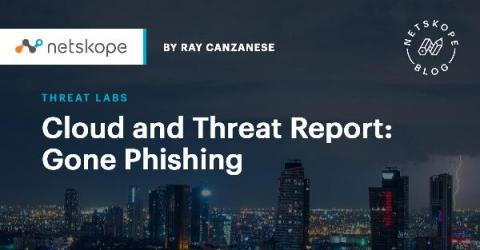Security | Threat Detection | Cyberattacks | DevSecOps | Compliance
Cyberattacks
Complete Cyber Security Jargons by Appknox
Cyberattacks are getting common and their impact is quite severe. Security breaches are no longer limited to a few large tech companies. Cybercriminals have rapidly altered tactics and started targeting several Small and Medium Enterprises (SMEs) as well. Today, companies, big or small, are targets of ransomware, viruses, malware, bots etc. Hence, it is important to understand some of the common cybersecurity keywords or jargon.
The Colonial Pipeline ransomware attack and the reported demise of DarkSide
TeamViewer Security Risks and How To Avoid Them
Cryptocurrency scam attack on Twitter reminds users to check their app connections
Are you doing enough to prevent scammers from hijacking your social media accounts? Even if you have chosen a strong, unique password for your online presence and enabled two-factor authentication it’s possible that you’ve overlooked another way in which online criminals could commandeer your social media accounts and spam out a message to your followers.
The New Threat Landscape for Australian Healthcare
The COVID-19 pandemic has fundamentally shifted the cyber threat landscape for Australia’s health sector, with the Australian Cyber Security Centre (ACSC) reporting a 84% increase in the number of cyber security incident reports relating to the health sector between 2019 and 2020.1 As custodians of vast volumes of highly sensitive information, the industry continues to find itself at the mercy of cyberattacks that paralyze systems until a ransom is paid—threatening the security of patient d
Cloud and Threat Report: Gone Phishing
The total number of phishing attacks doubled in 2020, with phishing for cloud credentials, specifically SaaS and webmail app credentials, accounting for nearly a third of the targets of phishing campaigns. Over the same period, we saw cybercriminals hosting 13% of their baits in cloud apps. This blog post summarizes the top phishing trends from 2020 and looks forward at what to expect for the rest of 2021.
Devo Insights on the White House Cybersecurity Executive Order
The recent executive order calling for immediate improvements in the federal government’s cybersecurity is impressive. I give the Biden Administration a lot of credit for publicly admitting there are significant problems and weaknesses in the federal government’s IT and cybersecurity infrastructure and practices. The order also includes some key points that are significant for Devo and our customers.
Types of Cryptography Attacks
The Colonial Pipeline Ransomware: Why It's Hard To Be Protected
After every major cyberattack, security vendors like LogSentinel are expected to write something on preventing future similar incidents, probably involving their technology. And yes, we do have a ransomware prevention page that outlines the key features of LogSentinel SIEM to fight against ransomware. But it’s much more complex than that. What everyone in the industry knows is that in order to not be affected significantly, you have to have a proper off-site backup.











